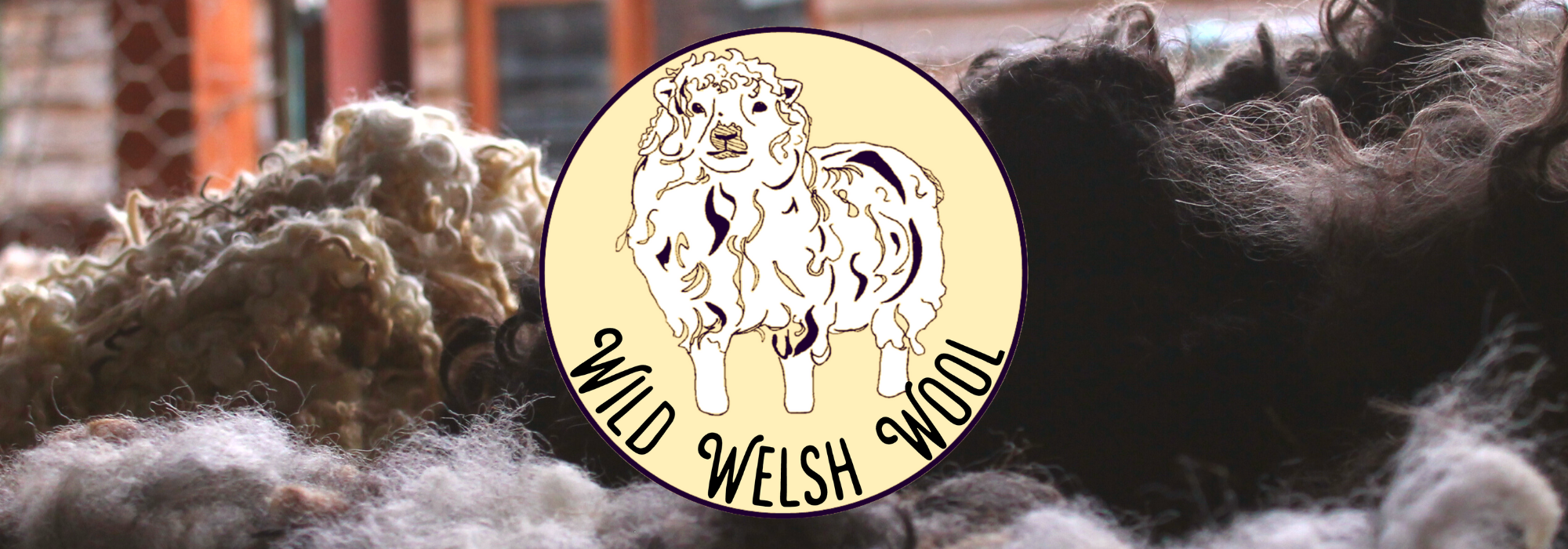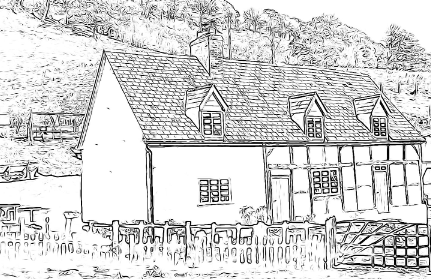
Wild Welsh Wool was started in 2017 after a move to the beautiful Welshpool area in 2015 and having a bit of grazing we decided to keep some sheep. Being a member of the Rare Breed Survival Trust we decided to support rare breed sheep and we are now keeping Hill Radnor, Manx Loaghtan and Greyface Dartmoor. There is also a Black Welsh Mountain, black Blue face Leicester, Cotswold, and a Boreray cross ewe who has an amazing fleece. The sheep are mostly very friendly and have lovely relaxed lives living on our hills having lambs and growing beautiful fleeces.
My work and the sheep reflect the business name being primitive, wild and rustic. The fleeces used are from our own flock and some from local farmers for a variety of colours and textures.
The peg loom is the main part of my business, though I also spin, tapestry weave and do felted back fleeces as well as felted slippers. We also make peg looms and can supply warp thread and fleece as a starter kit to collect from the farm or posted out to you, as well as our own rovings for felting and spinning. We also sell Aran and DK skeins of yarn made from our fleeces in various naturally died colours, as well as our own sheepskins which are organically tanned in Somerset making them safe for babies and children.
All woven and felted items can be made to order in sizes and colours/breeds to suit individual requirements and made from customers own fleeces. Every item is hand made by myself from washing the fleeces in spring water (using no chemicals) to the weaving and finishing.
I also offer courses for peg loom weaving, tapestry weaving, felted back fleeces and felted slippers on the farm or online.
